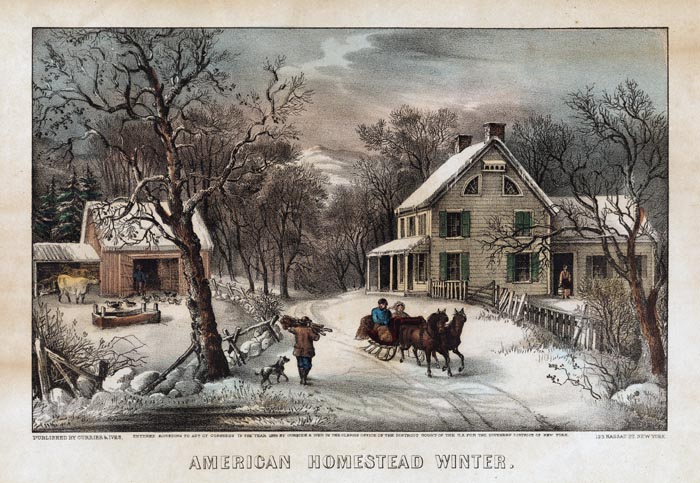The
Maunder Minimum was a period of anomalously low solar activity that occurred between 1645 and 1715. It corresponded to the coldest part of the
"Little Ice Age", which occurred between approximately 1400 and 1850.
During the Little Ice Age, and particularly the Maunder Minimum, the earth was substantially colder than it is today. Glaciation increased markedly, winters were historically harsh, and major ocean areas and seas froze over.
There is some debate (
mainly from the Global Warming crowd) about whether there is a correlation between solar activity and climate, but in the case of the Maunder Minimum, it would be one hell of a coincidence.
The Little Ice Age followed the Medieval Warm Period, during which temperatures were substantially warmer than they are today. Unlike the Maunder Minimum, we do not have great observational data on solar activity during the Medieval Warm Period, although studies of solar activity cycles suggest it was much higher than during the subsequent cold period.
The Medieval Warm Period was famous for its disappearance from IPCC data after the advent of the Global Warming craze:

Data now shows that
global warming ceased about 10 years ago and global cooling is accelerating, corresponding almost perfectly with the
end of a period of very high solar activity. Here's another fun graphic:

Could this theory (that
drastically diminished solar activity has ended global warming and is responsible for abrupt global cooling since 2007) be wrong? Could we still be experiencing global warming despite all evidence to the contrary? I'm still looking for science supporting global warming that still holds up.
Although I understand it is in no way scientific, I'm very much fascinated by anecdotal evidence. There are great descriptions about how warm it was during the Medieval Warm Period (descriptions of Scandinavian settlements in Greenland sounded like they were in Central Europe) and the Little Ice Age (ports that have been ice-free since the beginning of the 20th century (like New York) were completely closed by ice for entire winters). I love the old illustrations of life in the 19th century, showing routine travel by sleigh in the mid-Atlantic states, ice skating on lakes that haven't frozen at all in my lifetime, etc.
I certainly noted apparent warming in the 1970s, 80s, and 90s. Years went by with no snow in many places that previously had lots of it. The tropical ocean was nearly 10 degrees warmer in the winter months than it is now.
But in the last 7-8 years I've noticed cooler weather, with a dramatic drop in the last 2. I used to live in the tropics and for years would scuba dive during the winter in a thin wetsuit. The ocean temperature would bottom out in the low 70s in January, then rise steadily. Since 2006 the temps have dropped steadily and are now around 65. (
This is based on NOAA automated observations at Key West). My swimming pool in North Carolina was apparently 10 degrees cooler for most of the summer of 2009 than it was in 2008.
In Washington DC there has been more snow by the end of December 2009 than I have ever seen (possibly since 1969, but I was pretty young then so I'm not sure). The ski areas on the east coast have more snow by the end of December 2009 than they did at any point in the winter throughout the 1980s and 1990s. There were many years where there was almost no snow on the ski areas in North Carolina - at one point we thought they might go out of business. This year they already had more snow base by late December than they did by late February last year - and last year was the best I had seen since perhaps the 1970s.
Although this is all anecdotal, these anecdotes seem to be repeated around the world.
2008 was the coldest winter in China in 100 years.
Britain expects 2009 to the the coldest winter in 100 years.I have an increasingly strong feeling that it will be cold and getting colder for at least the next generation and in a very few years "Global Warming" will be one of the biggest jokes of our lifetimes.






